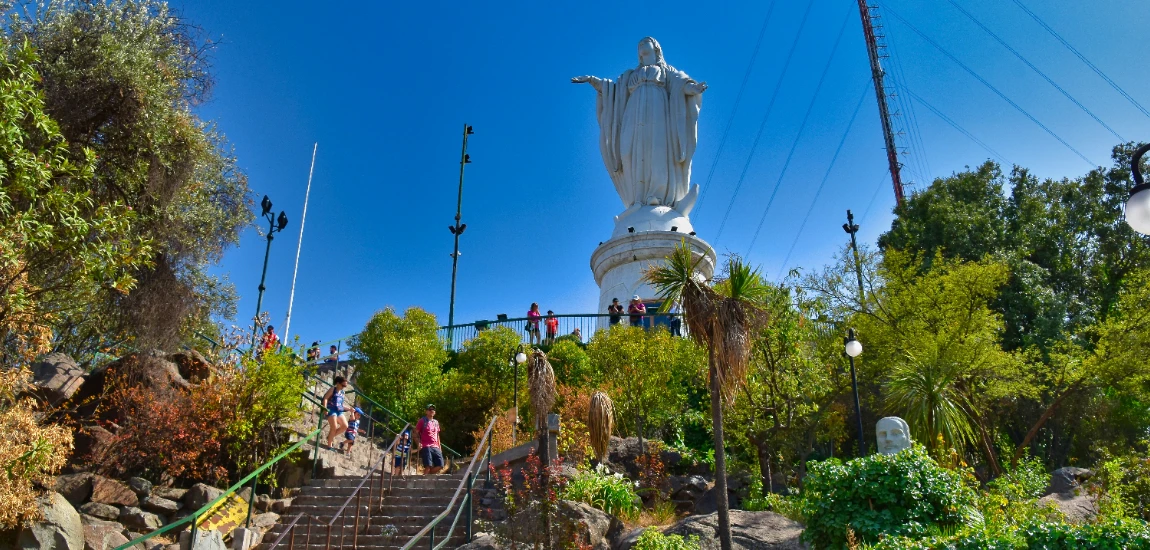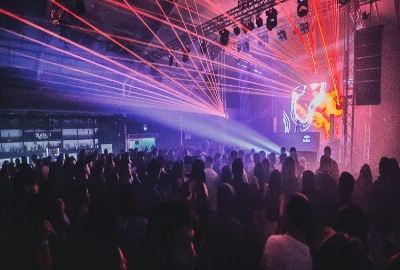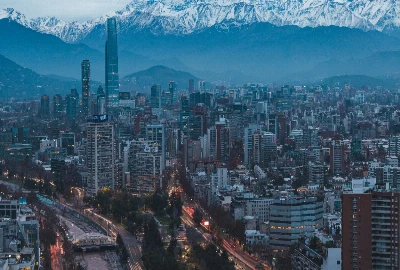Exploring Santiago’s Colonial Architecture: A Walk Through History

Santiago, Chile’s bustling capital, is a city where history lives in the walls of its plazas, cathedrals, and cobbled streets. Founded in 1541 by Spanish conquistador Pedro de Valdivia, Santiago was shaped by the influence of Spanish colonial architecture, much of which still survives today amid modern skyscrapers and bustling avenues. Walking through the city's historic districts feels like stepping into a living museum where neoclassical facades, ornate churches, and stone plazas tell stories of conquest, faith, and resilience.
In this guide to Santiago’s colonial architecture, we’ll uncover the most significant landmarks and neighborhoods where Chile’s colonial heritage continues to inspire awe.
The Origins of Santiago’s Colonial Architecture

When the Spanish founded Santiago, they designed the city following the traditional Spanish colonial grid pattern. At its heart was the Plaza de Armas, surrounded by important administrative, religious, and commercial buildings. Construction during the 16th to 18th centuries was heavily influenced by Spanish Baroque and Neoclassical styles but adapted to local materials and seismic challenges, leading to more fortified structures with thicker walls and minimal ornamentation.
Despite numerous earthquakes — Santiago is located in a highly seismic zone — much of the colonial essence has been preserved, either through restoration or adaptive reuse.
Must-Visit Colonial Landmarks in Santiago

1. Plaza de Armas: The Historic Heart of Santiago
Plaza de Armas remains the symbolic and geographical heart of Santiago, just as it was in colonial times.
Designed by Valdivia as the city’s central square, it is surrounded by key colonial-era structures:
- Metropolitan Cathedral of Santiago: A masterpiece of colonial Baroque architecture with neoclassical elements, completed in the late 18th century. Its richly decorated altars, marble floors, and impressive organ reflect Spanish religious influence.
- Central Post Office (Correo Central): Once the site of Pedro de Valdivia’s residence, it evolved into a neoclassical structure that still anchors the plaza.
- Royal Court Palace (Palacio de la Real Audiencia): Now home to the National History Museum, this 19th-century building displays colonial and republican era exhibits.
Experience Tip: Visit Plaza de Armas during the day for photography and lively street performances, but also stroll at dusk when the historic buildings are beautifully illuminated.
2. La Moneda Palace: Colonial Origins with a Republican Role
Though La Moneda Palace — the seat of Chile's government — is often associated with modern political history, it was originally constructed in 1784 as a colonial mint (hence "La Moneda," meaning "coin").
Designed by Italian architect Joaquín Toesca, its stark, elegant Neoclassical style stands out amid Santiago’s evolving skyline.
Today, it symbolizes Chile’s transition from colony to republic.
Experience Tip: Catch the Changing of the Guard ceremony (held every two days), and explore the La Moneda Cultural Center beneath the palace for exhibitions on Chilean culture and history.
3. Iglesia de San Francisco: Santiago’s Oldest Colonial Building
The Church of San Francisco is the oldest colonial-era building still standing in Santiago, completed between 1586 and 1628. Constructed with thick adobe walls to withstand earthquakes, it showcases Spanish Gothic influence with simple, robust design elements. Inside, you’ll find a richly decorated altarpiece and colonial-era religious art, while adjacent cloisters house the Museo Colonial, offering insights into 16th and 17th-century Chilean religious life.
Experience Tip: Take your time exploring the adjacent museum — it contains fascinating examples of colonial-era paintings, vestments, and sacred objects.
4. Barrio París-Londres: A Touch of Europe in Santiago
While slightly later than the pure colonial period, Barrio París-Londres, built in the early 20th century, is heavily inspired by European colonial revival styles. Wandering its cobbled alleys feels like stepping into an old European town, complete with wrought-iron balconies, pastel facades, and hidden courtyards. Originally intended as an elite residential enclave, today it houses boutique hotels, cafés, and historical sites such as Londres 38, a memorial to victims of the Pinochet dictatorship.
Experience Tip: Visit during late afternoon when the golden light enhances the architectural details and enjoy a coffee at one of the charming corner cafés.
How Earthquakes Shaped Colonial Architecture in Santiago

One unique aspect of Santiago’s colonial architecture is its earthquake-adaptive design.
Major earthquakes in 1647, 1730, and later in 2010 necessitated robust construction techniques:
- Thicker adobe or stone walls were built to absorb seismic shocks.
- Lower, horizontal layouts were favored over tall spires or narrow towers.
- Wooden reinforcements hidden within walls provided extra flexibility during tremors.
Many colonial buildings you see today are reconstructions or restorations faithful to the original designs, showing the city's ongoing resilience.
Conclusion
Santiago’s colonial architecture is not merely a backdrop — it’s a living testament to the city's origins, struggles, and resilience. From the grandeur of the Metropolitan Cathedral to the solid strength of the San Francisco Church, every arch, plaza, and stone whispers tales of a city born from conquest but shaped by endurance and creativity. By exploring Santiago’s colonial architecture, you’ll not only admire beautiful historic sites but also connect deeply with the story of Chile itself — a story etched into adobe walls, cobblestone streets, and soaring cathedral towers. Whether you're a history buff, architecture enthusiast, or curious traveler, Santiago’s colonial past promises a walk through history you’ll never forget.



